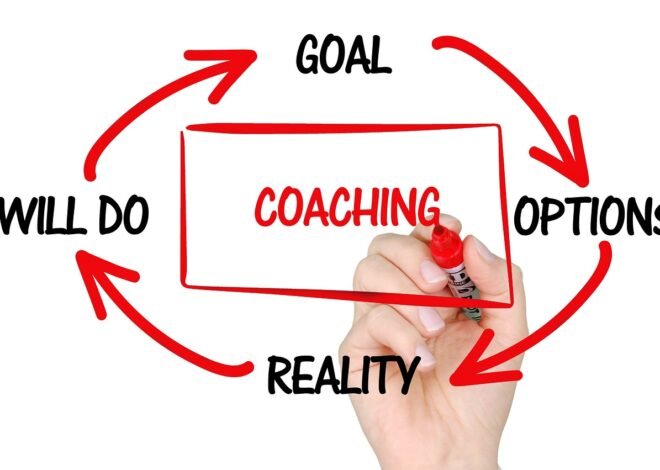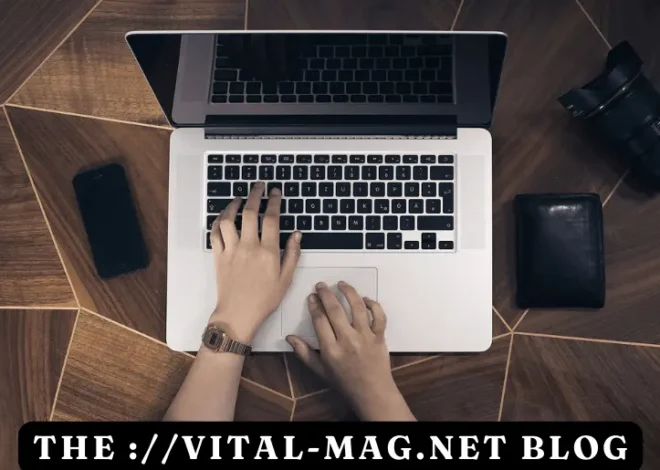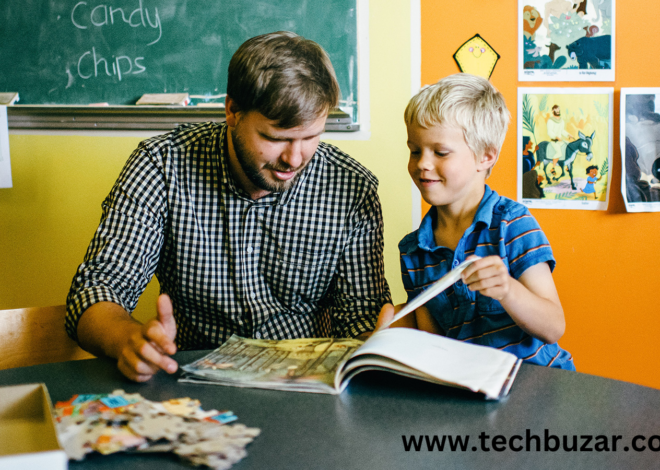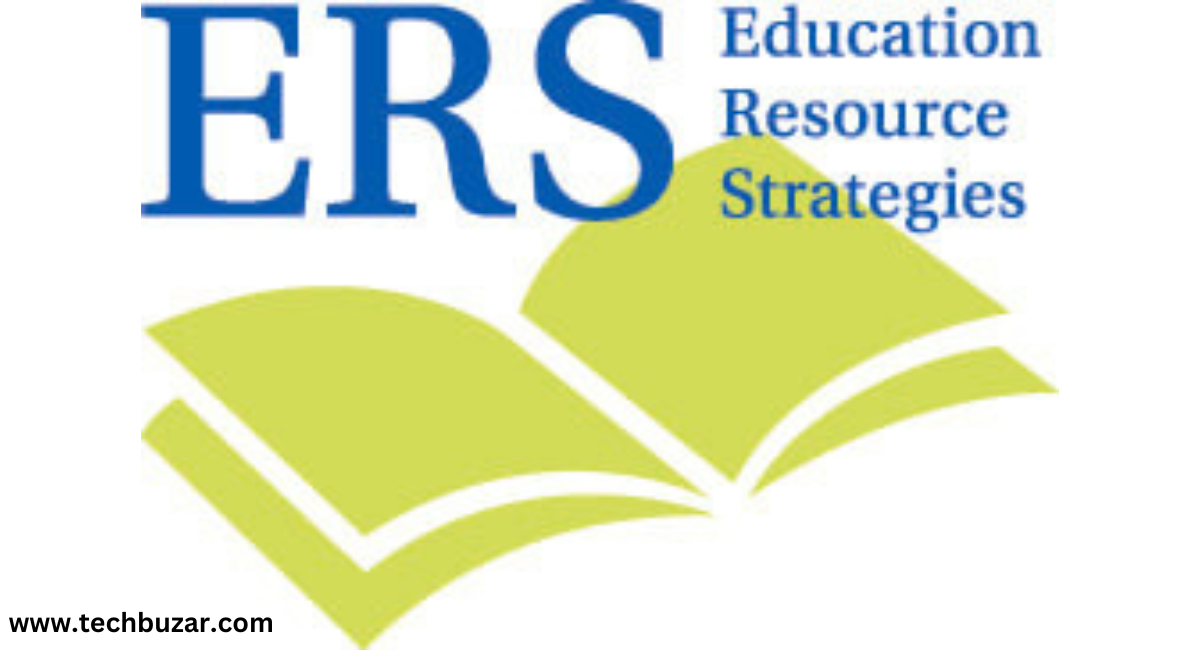
10 Education Resource Strategies
Effective Education Resource Strategies:
Education resource strategies rapidly evolving landscape of education, the importance of employing effective resource strategies cannot be overstated. With diverse student populations, varying learning styles, and the integration of technology, educators must be proactive in curating and utilizing educational resources. This article outlines key strategies that educators can implement to enhance teaching and learning experiences.
1. Identify Learning Objectives in education resource strategies :
Before selecting any resources, it is crucial for educators to define clear and measurable learning objectives.These objectives act as a guide for teaching and assessment, helping educators choose the most suitable resources.
Establishing Clear Goals:
-
SMART Goals:
Learning objectives should be Specific, Measurable, Achievable, Relevant, and Time-bound (SMART). For example, instead of stating, “Students will understand photosynthesis,” a SMART objective might be, “By the end of the unit, students will be able to explain the process of photosynthesis in detail and illustrate the cycle with a diagram.”
-
Backward Design:
This approach involves starting with the end in mind. Educators identify desired outcomes and then determine the evidence needed to assess whether students have met these outcomes. This method helps ensure that all selected resources align with the intended learning goals.
2. Diverse Resource Selection in education resource strategies :
A one-size-fits-all approach to educational resources is ineffective. To accommodate different learning styles and preferences, educators should utilize a variety of materials.
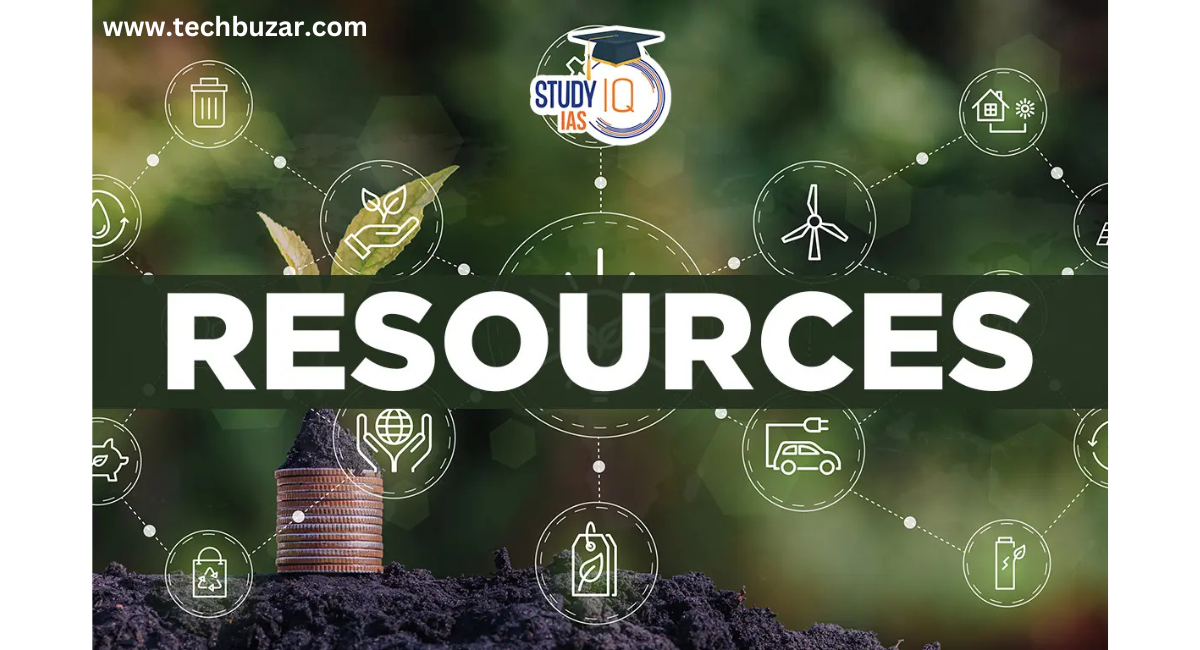
Types of Resources:
-
Textual Resources:
Textbooks and academic articles provide foundational knowledge. They can be supplemented with more current materials, such as journal articles and e-books.
-
Digital Media:
Videos, podcasts, and interactive websites can enhance understanding and engagement. Platforms like Khan Academy or TED-Ed offer rich multimedia content on various subjects.
-
Hands-On Activities:
Practical experiences, such as experiments, simulations, and field trips, allow students to apply concepts in real-world contexts, deepening their understanding.
-
Visual Aids:
Infographics, charts, and diagrams can help visual learners grasp complex concepts more easily.
Engagement Through Variety:
Using a mix of resources keeps students engaged and caters to their individual learning preferences. For instance, while some students may thrive on reading, others may benefit more from visual or auditory materials.
3. Leverage Technology in education resource strategies:
Technology has transformed the educational landscape, providing new opportunities for resource utilization. Embracing technology can enhance accessibility, engagement, and collaboration.
Learning Management Systems (LMS):
Platforms like Google Classroom, Canvas, or Moodle allow educators to organize resources, assign tasks, and track student progress. These systems centralize materials, making it easier for students to access what they need.
Interactive Tools:
Utilizing interactive tools such as quizzes .These tools motivate students to engage actively with the material instead of just passively receiving information
Online Resources: Open educational resources (OER) and massive open online courses (MOOCs) provide access to high-quality materials and courses for free or at a low cost.These resources extend educational opportunities outside of the traditional classroom setting
Flipped Classroom Model: In a flipped classroom, traditional learning environments are inverted. Students access instructional content at home (via videos or readings) and engage in hands-on activities during class time. This model allows for deeper exploration of topics and fosters collaboration.
4. Foster Collaboration in education resource strategies :
Collaboration is an essential component of effective education. Encouraging group work and peer learning can significantly enhance students’ understanding and retention of material.
Collaborative Projects: Assigning group projects allows students to work together, share ideas, and learn from each other. Resources for collaborative projects can include shared digital documents, presentation tools, and online forums for discussion.
Peer Learning: Encouraging students to teach each other is a powerful learning strategy. Peer teaching reinforces knowledge and builds communication skills. This can be facilitated through structured group discussions or peer tutoring programs.
Community Engagement: Connecting classroom learning with community resources can enhance collaboration. Inviting local experts for guest lectures, organizing community service projects, or conducting field studies can enrich students’ learning experiences.
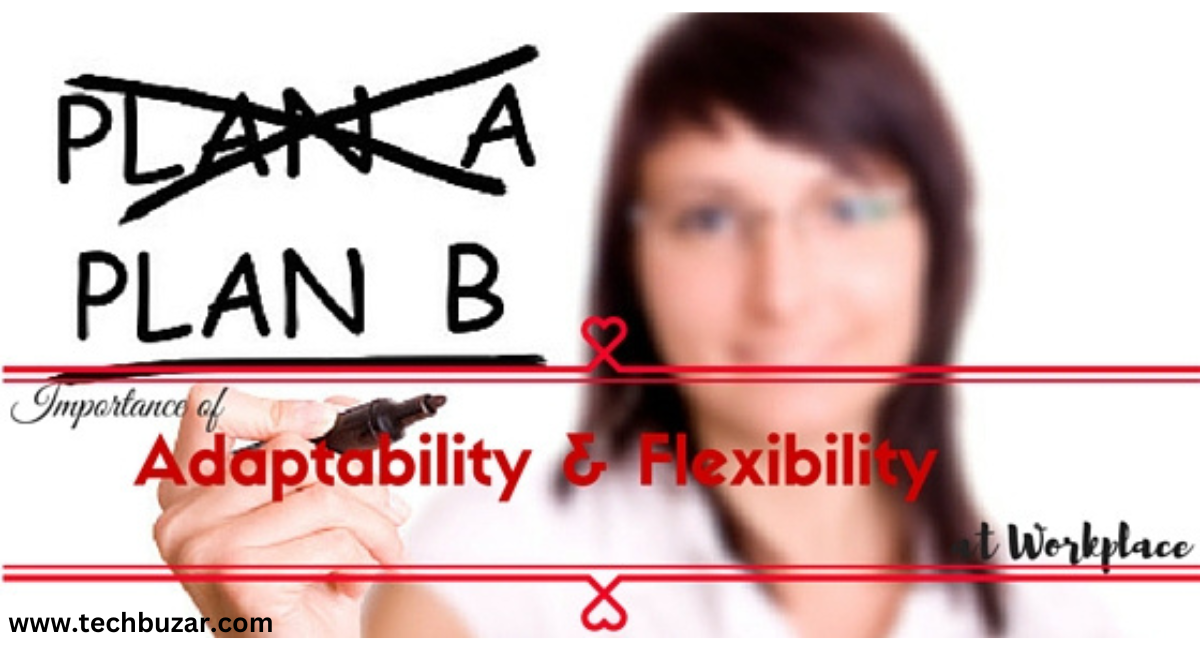
5. Adaptability and Flexibility in education resource strategies :
Education is not static; it is essential for educators to be adaptable and flexible in their approach to resource selection and teaching methods.
Responsive Teaching: Regularly assess student progress and gather feedback. This can be done through formative assessments, surveys, or informal check-ins. Use this information to adjust resources and instructional strategies accordingly.
Integrating New Technologies: As new educational technologies emerge, staying updated and incorporating these tools into the curriculum can keep resources relevant and engaging. Attend workshops, join professional learning communities, and explore online resources to discover innovative tools.
Differentiated Instruction: Differentiate instruction based on student needs. This might involve providing various resources at different levels of difficulty or offering multiple ways for students to demonstrate their understanding.
6. Professional Development in education resource strategies:
Continuous professional development is vital for educators to stay informed about effective resource strategies and instructional methods.
Workshops and Training: Participate in workshops, conferences, and webinars focused on resource selection and educational technology. These opportunities provide insights into best practices and innovative strategies from other educators.
Peer Observations: Engage in peer observations where educators can observe each other’s teaching styles and resource utilization. This fosters a culture of collaboration and shared learning among staff.
Online Communities: Join online forums and professional networks to connect with other educators. Sharing experiences, challenges, and resources can lead to new ideas and strategies for effective teaching.
7. Community and Parental Involvement in education resource strategies:
Involving parents and the community in the educational process enhances the learning experience and creates a support network for students.
Engagement Initiatives: Organize workshops or informational sessions for parents to educate them about the resources available and how they can support their children’s learning at home.
Collaborative Projects with the Community: Engage local organizations or businesses in educational projects. For instance, partnering with a local science museum for a project can provide students with access to resources and expertise that enrich their learning.
Volunteer Programs: Encourage parents and community members to volunteer in the classroom or during field trips. This not only supports students but also fosters a sense of community ownership in the educational process.
8. Evaluate Resource Effectiveness in education resource strategies:
To ensure that educational resources strategies are meeting their intended goals, regular evaluation is essential.
Feedback Mechanisms: Implement mechanisms for students to provide feedback on resources. This could be through surveys, focus groups, or informal discussions. Understanding students’ perspectives helps educators make informed decisions about resource effectiveness.
Assessing Learning Outcomes: Utilize both formative and summative assessments to evaluate the impact of resources on student learning. Analyzing assessment data can reveal which resources are most effective in promoting understanding and engagement.
Continuous Improvement: Use evaluation results to inform future resource selections and teaching strategies. An iterative approach allows educators to refine their practices continually and adapt to changing student needs.
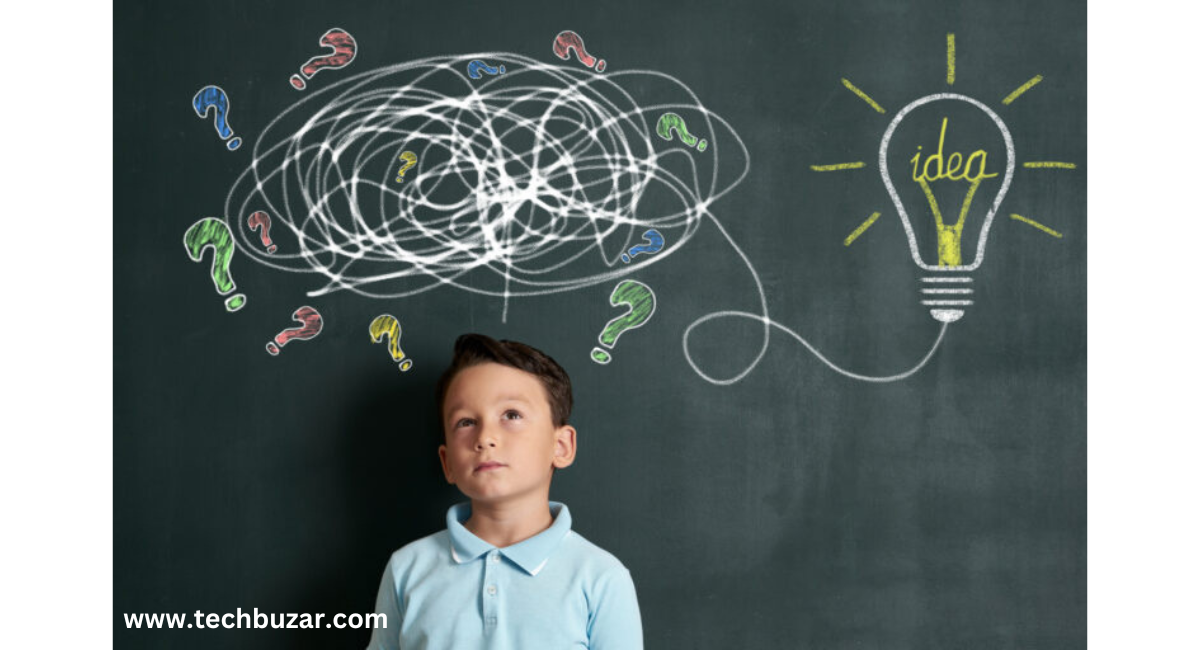
9. Promote Critical Thinking in education resource strategies:
education resource strategies Encouraging critical thinking is a cornerstone of effective education. Resources should challenge students to analyze, synthesize, and evaluate information rather than simply recall facts.
Inquiry-Based Learning: Use resources that promote inquiry-based learning, where students ask questions, investigate, and explore topics deeply. This approach fosters a sense of curiosity and encourages independent thinking.
Case Studies and Problem-Solving: Incorporate case studies, simulations, and real-world problems into the curriculum. These resources require students to apply their knowledge and think critically about solutions.
Debate and Discussion: Facilitate classroom debates and discussions on relevant topics. education resource strategies encourages students to articulate their thoughts, consider multiple perspectives, and develop persuasive arguments.
10. Ensure Inclusivity in education resource strategies:
Creating an inclusive learning environment is essential for effective education. Resources should reflect diverse perspectives and be accessible to all students.
Diverse Representation: Select resources that include authors and perspectives from various backgrounds. This not only enriches the curriculum but also helps students feel represented and valued.
Accessibility: Ensure that all resources are accessible to students with disabilities. This may involve providing alternative formats (e.g., audio versions of texts) or using technologies that assist in learning.
Culturally Responsive Teaching: Incorporate culturally responsive teaching practices by selecting resources that acknowledge and respect the diverse cultures within the classroom. This fosters a sense of belonging and encourages all students to engage with the material.
Conclusion:
Implementing effective education resource strategies is vital for enhancing the teaching and learning experience. By identifying clear learning objectives, utilizing diverse resources, leveraging technology, fostering collaboration, and promoting critical thinking, educators can create dynamic and engaging learning environments. Continuous evaluation, adaptability, and inclusivity ensure that all students can thrive in their educational journeys. As educators embrace these strategies, they contribute to a more enriched and equitable educational landscape, ultimately empowering students to become lifelong learners.
